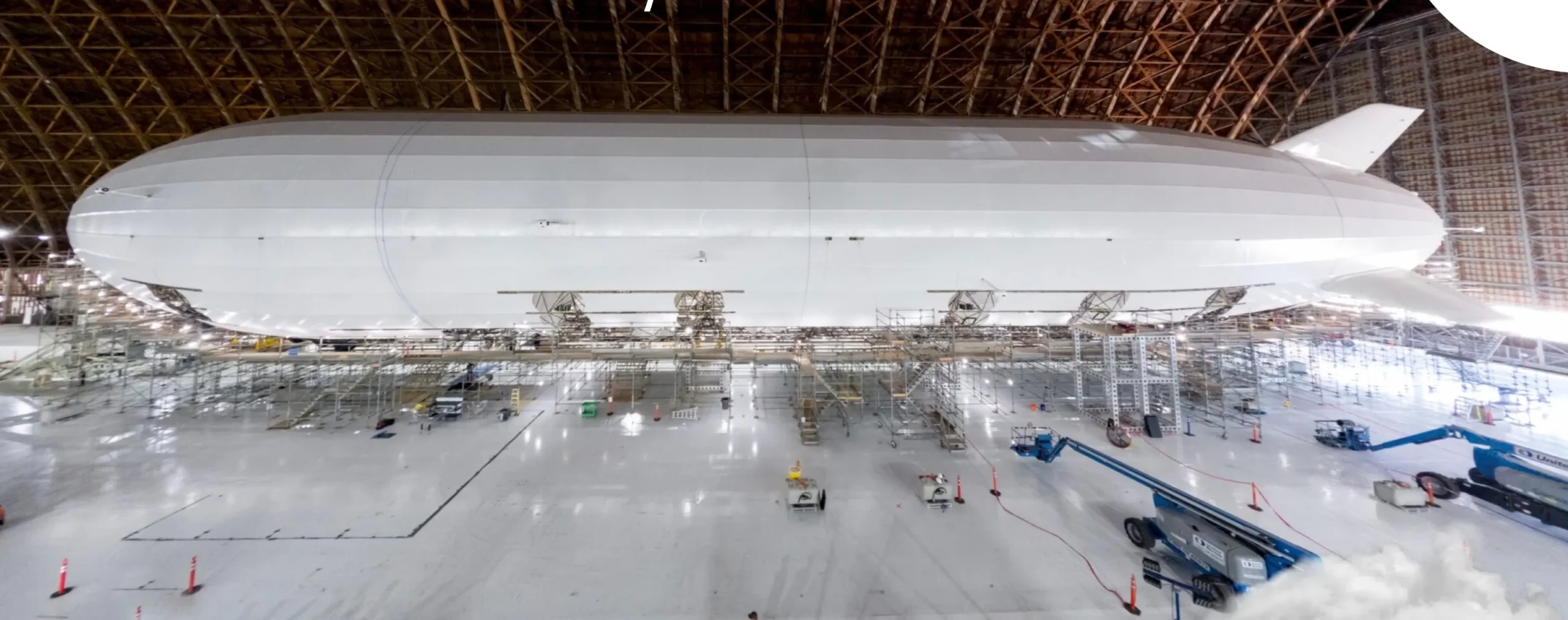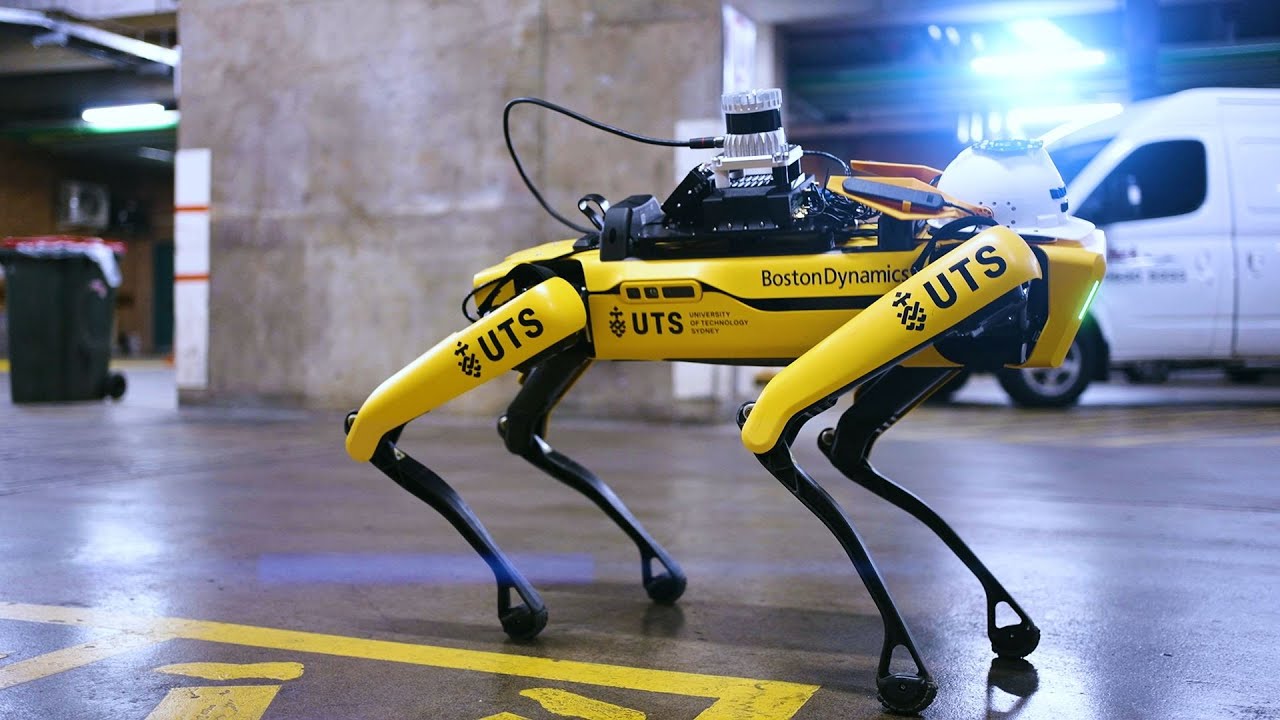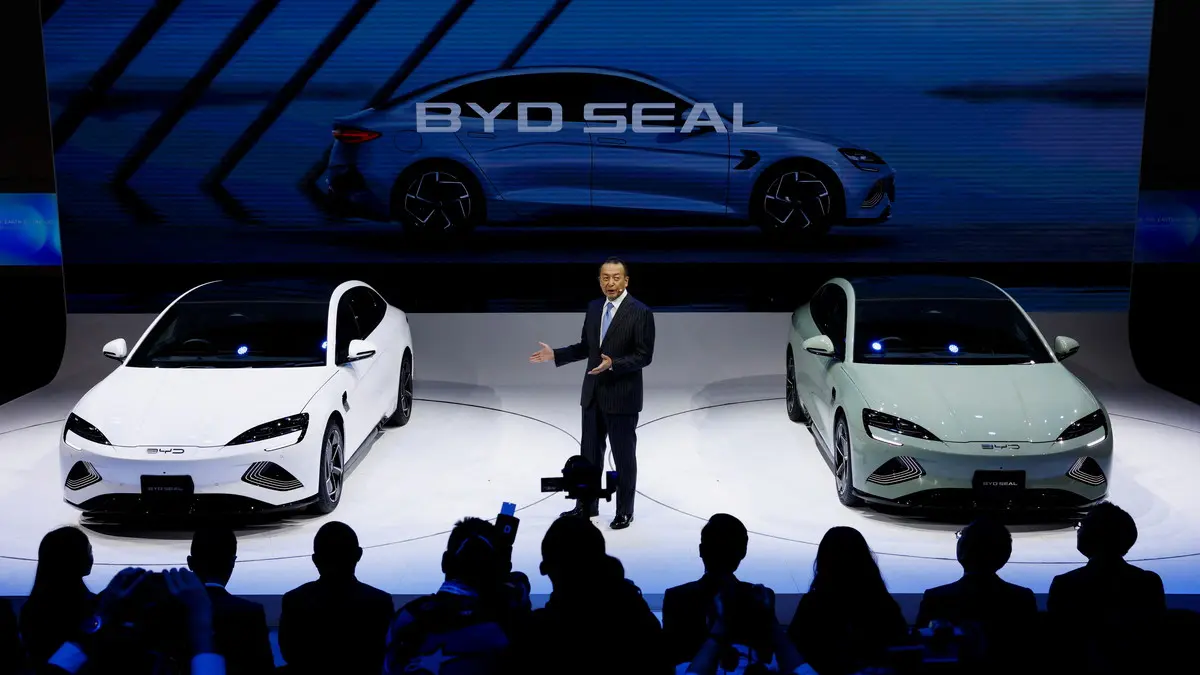The colossal Pathfinder 1, the world’s most giant airship, has been unveiled as it commences its initial phase of flight trials.
At 400 feet (121.9 meters), this enormous airship is nearly double the length of the longest aircraft in the world, a Boeing 747-8 quadjet.
The airship can reach 75 mph with 12 electric motors and 1 million cubic feet of helium.
The expansive aerial vessel was developed by LTA Research, an organization supported by Sergey Brin, co-founder of Google.
Potential for Environmental Impact
According to its creators, this craft has the potential to lessen the carbon footprint of air travel and cargo eventually.
The Pathfinder 1 is the most sizable aircraft manufactured since the demise of the 800-foot-tall (245-meter) Hindenburg in 1937.
Comparable to three Boeing 737s, it eclipses the Stratolaunch aircraft employed to propel rockets into orbit.

The Pathfinder 1 uses thirteen airbags of non-reactive, secure helium, unlike the Hindenburg, which burned hydrogen.
Considering helium shortages and fluctuating prices, refueling the Pathfinder 1 could range from $250,000 (£197,877) to $1 million (£791,500).
Ten thousand carbon fibre poles and three thousand titanium hubs support each of the thirteen rip-stop nylon sacks.
LTA Research asserts that it continuously monitors the gas levels within the balloon using sophisticated lidar technology.
Technological Features and Operational Limitations
According to LTA Research, Tedlar, a fire- and UV-resistant synthetic polymer, covers the framework.
A ‘fly by wire’ joystick system will allow only one pilot to operate the Pathfinder 1 at any given moment, which will be surprisingly simple to operate due to drone-derived technology.
Although the Pathfinder 1 has the potential to one-day transport metric tons of cargo over hundreds of miles, it is presently limited to hovering a few feet above the earth.
The designers of the airship state on LinkedIn: “The team at LTA Research will conduct rigorous tests to ensure the safety and dependability of the proof-of-concept airship Pathfinder 1 in the coming weeks and months.”
Pathfinder 1, issued a special airworthiness certificate in September, has conducted preliminary flight trials in Moffett Field, Palo Alto Airport, and portions of San Francisco Bay.
The initial test flight of Pathfinder 1 occurred on September 8. The satellite remained vertically aligned with a mobile tripod throughout the flight and maintained a short altitude.
Subsequent evaluations will enable the vessel to ascend to an altitude of 1,500 feet and traverse the bay’s waters.
Pathfinder 1 has been in development since 2016, and LTA Research claims to be constructing the larger Pathfinder 3.
Strategic Objectives and Humanitarian Focus
The organization’s goal is to build a diverse fleet of freight, passenger, and humanitarian airships.
The Pathfinder 1, according to the website of LTA Research, is landing gear comprised of “a robust damper and wheels proven to withstand heavy loads such as machinery or water for aid relief.”
“This landing gear is prepared for humanitarian missions,” the text continues.
Sergey Brin, co-founder of Google, also contributes to financing Global Support and Development, a non-profit organization that provides disaster relief.
following his own superyacht deployed medical staff following a South Pacific cyclone in 2015, Brin founded the nonprofit.
Pathfinder 1 writers believe airships are vital for air travel, even though they cannot solve all its problems.
Alan Weston, chief executive officer of LTA Research, states, “I do not foresee airships supplanting aircraft, but I do see a niche for airships as a component of the transportation architecture that reduces the carbon footprint of air travel.”
Weston told TechCrunch, “What excites me about what we’ve accomplished thus far is that we’ve demonstrated to ourselves, and we hope to demonstrate to the rest of the world, that we can scale in size and productivity.”
Additionally, blimps are not the sole investment of other businesses as the future of air travel.
The French business Euro Airship announced its plans to build a 495-foot (150-meter) solar-powered aircraft in September.
‘Whale-shaped’ Solar Aircraft By utilizing solar energy and hydrogen, it is possible to traverse over twenty-five countries non-stop.
Hungary museum director sacked over LGBT content at exhibition





